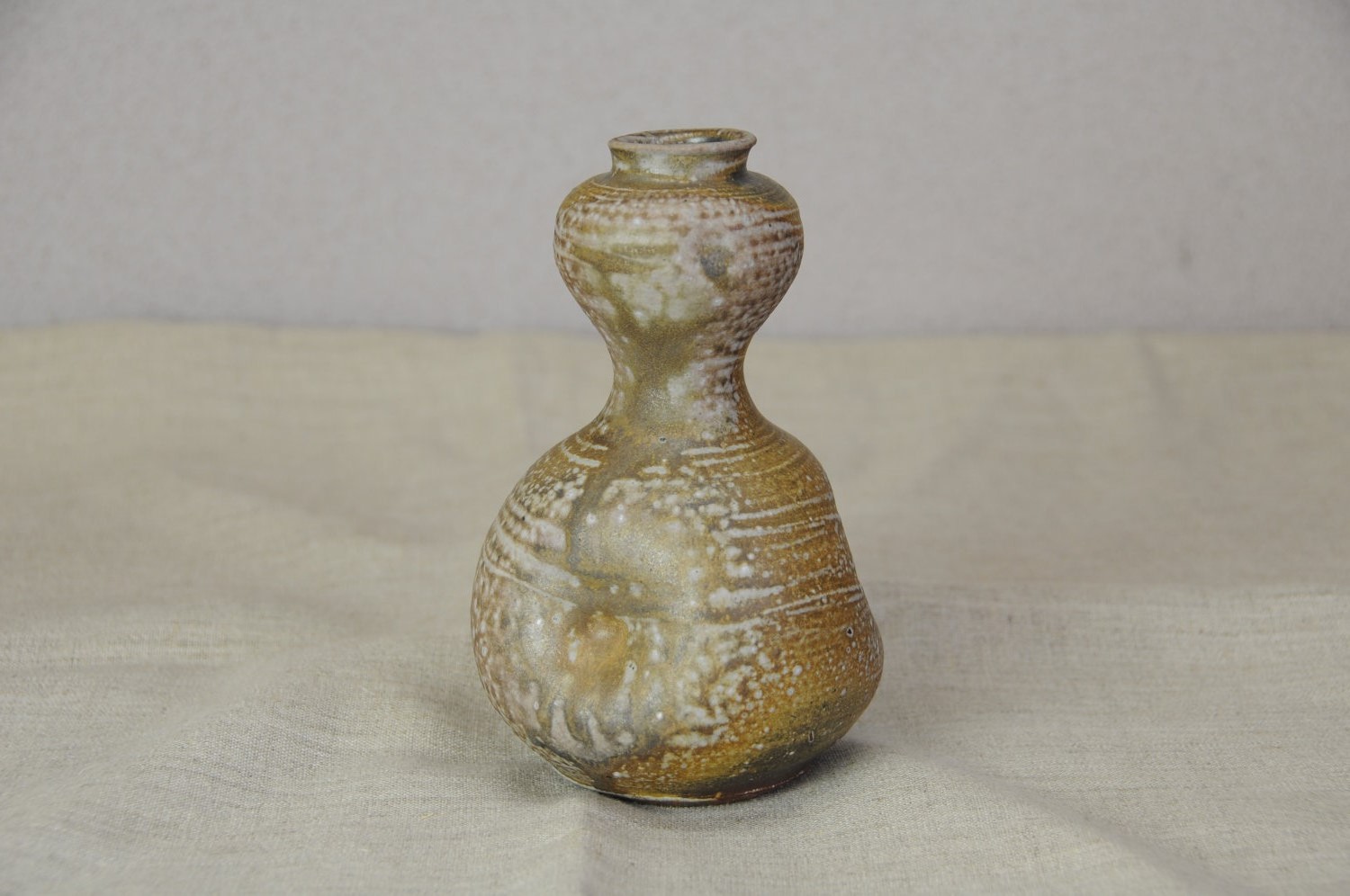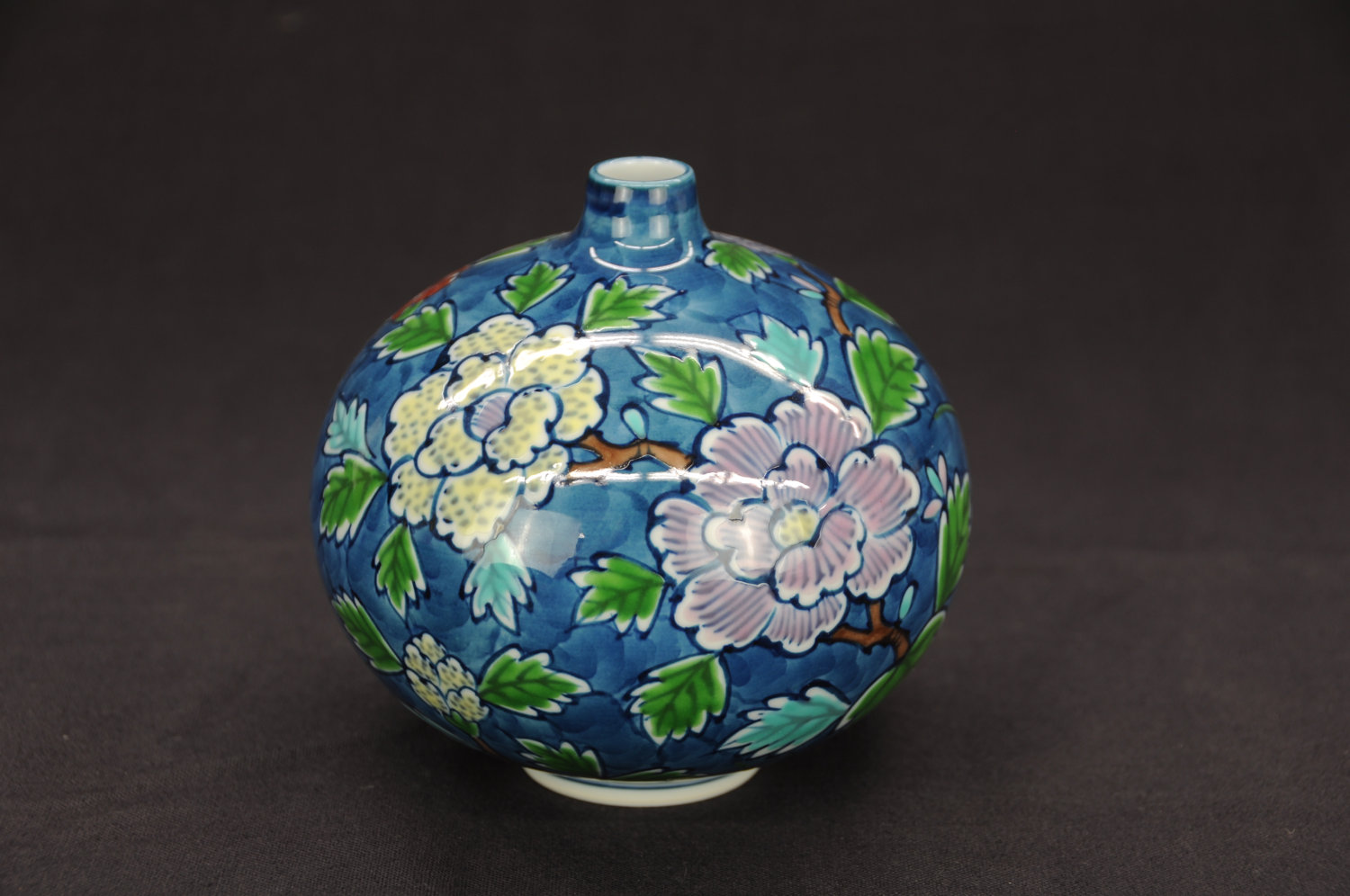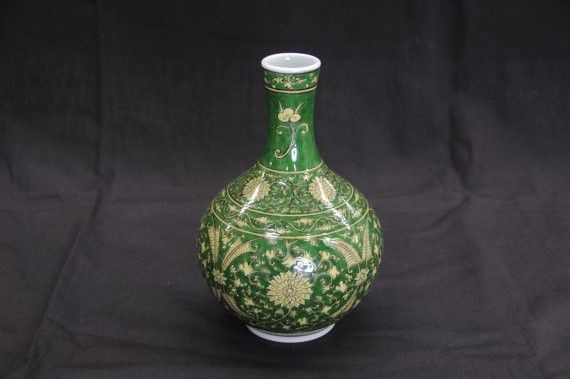Japanese Potteries(Explanations to the technical terms of ceramics No.6)
There are various technical words on potteries. Here are some of those, for which I'd like to give you some remarks.
Drinking (Sake - Japanese Liquor)
Sometimes you may relax and enjoy your meal with having sake. Especially some Japanese food like sashimi or tempura is good with Japanese sake.
What kind of vessel do you use for sake?
Ochoko (also called as guinomi or sakazuki) is a small bawl-shaped cup for sake. It may be used for something else such as some spices or side snacks for sake, too. Some of them are made of glass or lacquer ware but in general ochoko(s) are made of ceramic. Sake is also served heated, chilled or at room temperature. It's exactly as I've explained earlier in “Drinking (Tea)" about the material and the shape, but cups for sake are more like free and flexible. There's no need to be fussy about small things and you'd better enjoy using what you like.
However, some ochoko(s) made by famous producers could be more expensive than tea cups or plates in spite of the size. This is because ochoko(s) are considered to be a smaller version of macchawan (cups for powdered green tea). Macchawan(s) are like a star of the Tea-Ceremony and worth 10 times of ordinary vessels. In the 16th century, some famous tea cups were quoted at the value of a few hundred million yen. In comparison with that, the current value could be considered reasonable, though�E��E��E�
If ochoko(s) are something that represent the shape of macchawan(s) in a smaller size, it is natural that their price is higher than expected from their small size, isn't it? In the dimension that fits in your palm, various charms and playful spirits are hidden. When it's filled with sake, you would enjoy the clearness of sake and the inside color of it, and after you have finished sake, you may appreciate it in running your finger over it, turning it over and having a look at the bottom to enjoy the way of cutting, signature and patterns on it. Or you are supposed to use another ochoko on every progress of drinking.
For pouring sake, you use a tokkuri (sake pot) or a katakuchi (lipped bowl). You know, it is because an ochoko is too small to be poured directly from a sake bottle without spilling out or overflowing. Further, there are some other good reasons to pour with tokkuri or katakuchi, too.
If you warm up Japanese sake, you use a tokkuri. Previously when we hadn't had microwaves yet, we used to warm a tokkuri filled with sake in a pot with boiled water. The pouched shape with a pinched mouth holds warmth and you can enjoy hot sake longer with it. The sound like “toku-toku-toku" comes from the throat of tokkuri can be also heard as “tokuri-tokuri-tokuri", and this is one of the possible origins of the word, tokkuri. Why don't you enjoy it not only with the sense of taste but also with your ears?
A katakuchi is often used for sake chilled or at room temperature. By using it, you can enjoy the sweet aroma given from Japanese sake. One in a long and thin shape can be kept cold by putting it in some ice. One with a wide opening is so great as it can be also used for some dressing or even for sakamushi (a seafood dish steamed in sake), the soup of which can be poured on top of some rice.
Ichirinzashi (A Vase for a Single Flower)
Decorating the entrance with flowers for visiting guests, having a favorite flower on the dining table, setting a single flower on the office desk: we use an ichirinzashi in such time. There's no strict definition but it's a flower vase with a narrow mouth for a few flowers which size is varied from one that fits in a palm to another exceeding 30 cm. As you may see a small one on a restaurant table filling toothpicks in, it may look good with anything as large as flowers to be put inside. It is said that water in an ichirinzashi of Bizen ware is hard to be rotten, which is because of the invisible minute pores of clay and air conductivity that takes fresh air into water inside.
Historians tell us that Neanderthal men about sixty thousand years ago had laid flowers toward the dead. In Japan, they had come to use flower vases on the occasions of tea ceremony in the 16th century, and then various vases had been produced where decorating rooms with flowers in the daily life had become common. People have lived with flowers for such a long time maybe because flowers are something so special.
By the way, tokkuri(s) and ichirinzashi(s) are very similar in shape. I think that it's a tokkuri if the one who uses it pours sake, and an ichirinzashi if he puts flowers in.
You can purchase the products. Click an item to view its detail at Marketplace.




